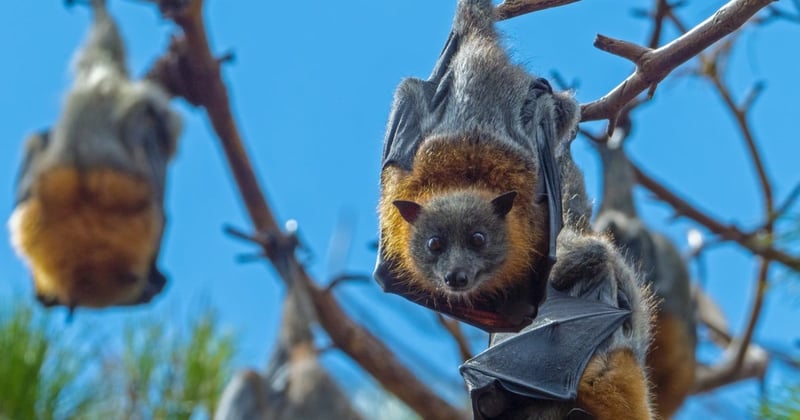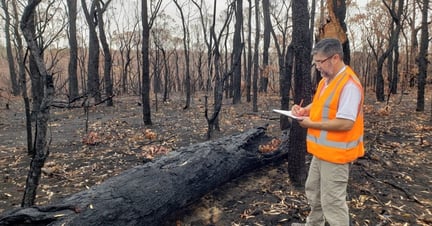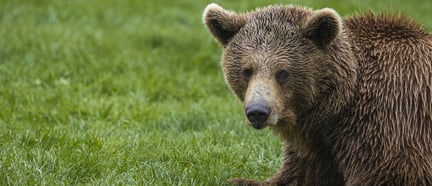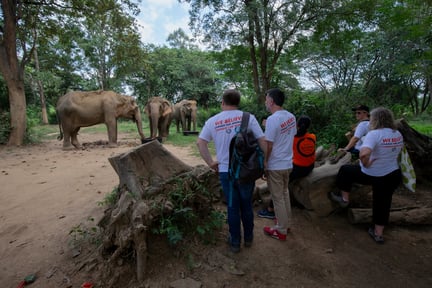
World first flying-fox research project follows devastating bushfires
News
Thanks to your support, World Animal Protection has partnered with The NSW Government’s Saving our Species program, Campbelltown City Council and Western Sydney University to test if water sprinklers can reduce the effects of heat stress on flying-foxes.
Image: Rene Riegal
Flying-foxes are the largest of Australia’s bats, they are a keystone species vital to pollination and seed dispersal. Sadly, over the past two decades, large numbers of flying-fox deaths have occurred in extreme heat events.
Linda Bell, Manager Threatened Species Conservation, Department of Planning Industry and Environment said:
During the 2019–20 summer over 72,000 grey-headed flying-foxes are estimated to have died in extreme heat events and sadly this is part of an escalating trend for this threatened species.
“This ground-breaking research project will determine whether sprinklers can reduce temperature-related deaths in flying-fox camps and, if so, how they can be configured to provide the best possible result for this threatened species.”
During the day, flying-foxes roost in patches of trees, known as camps, which may contain tens to thousands of individuals. Heat stress and death begins to occur when flying-foxes produce more heat than their body can expel.
Generally, flying-foxes are affected by temperatures above 42°C and when roost vegetation in their camps doesn't provide enough shade.
Simone Clarke, World Animal Protection ANZ Executive Director said;
"Flying-foxes are critical to our unique Australian environment, but the devastating bushfires left them even more vulnerable and we can't let them face this crisis alone.”
Western Sydney University’s Lab of Animal Ecology helped design a scientific experiment investigating the efficacy of using sprinklers.
 Image: Associate Professor Justin Welbergen, Western Sydney University
Image: Associate Professor Justin Welbergen, Western Sydney University
Associate Professor Justin Welbergen said his team has been able to gather continuous temperature and humidity data across the camp at different heights across the canopy, thermal data from a drone at regular intervals (before and after spraying from the sprinkler), and also behavioural data.
“These data allow us to determine the responses of flying foxes to different temperatures and humidity regimes, and the effects the sprinklers have on them," Prof. Welbergen said.
The research project has already begun and is expected to continue throughout the upcoming 2021-2022 summer.
Animals in disasters
Disasters injure and kill millions of animals each year. For 55 years, we deployed to disaster zones to assist animals – and reminded governments to take responsibility for them too.
What we do
Working around the world to end the needless suffering of animals by inspiring people to change animals’ lives for the better.
Support us
Your support is key to bringing an end to animal suffering across the world.


